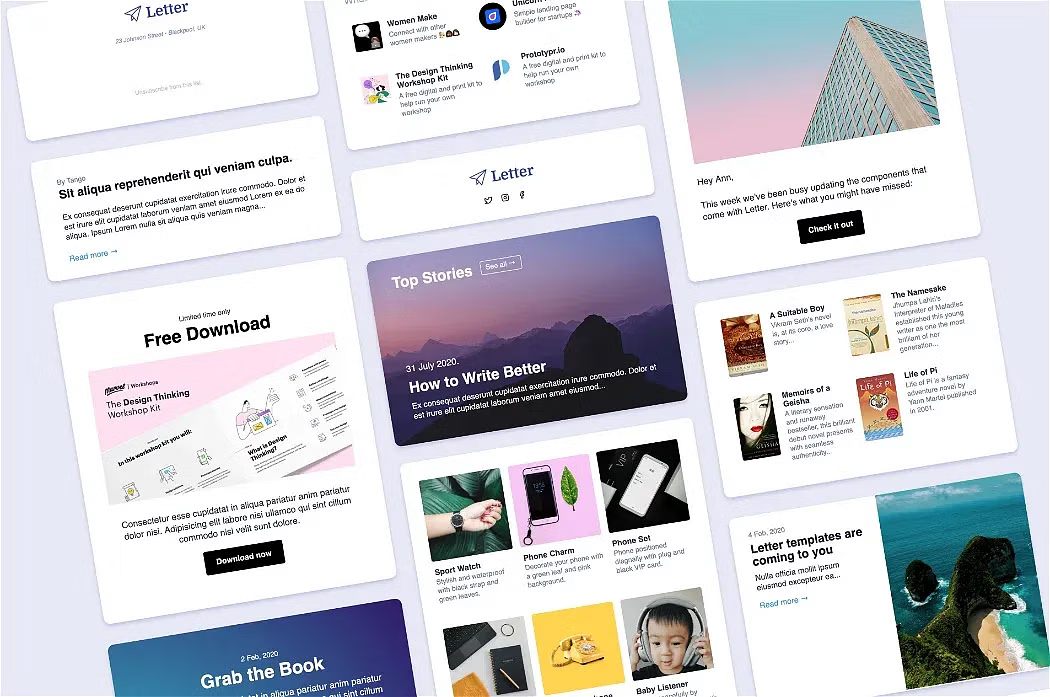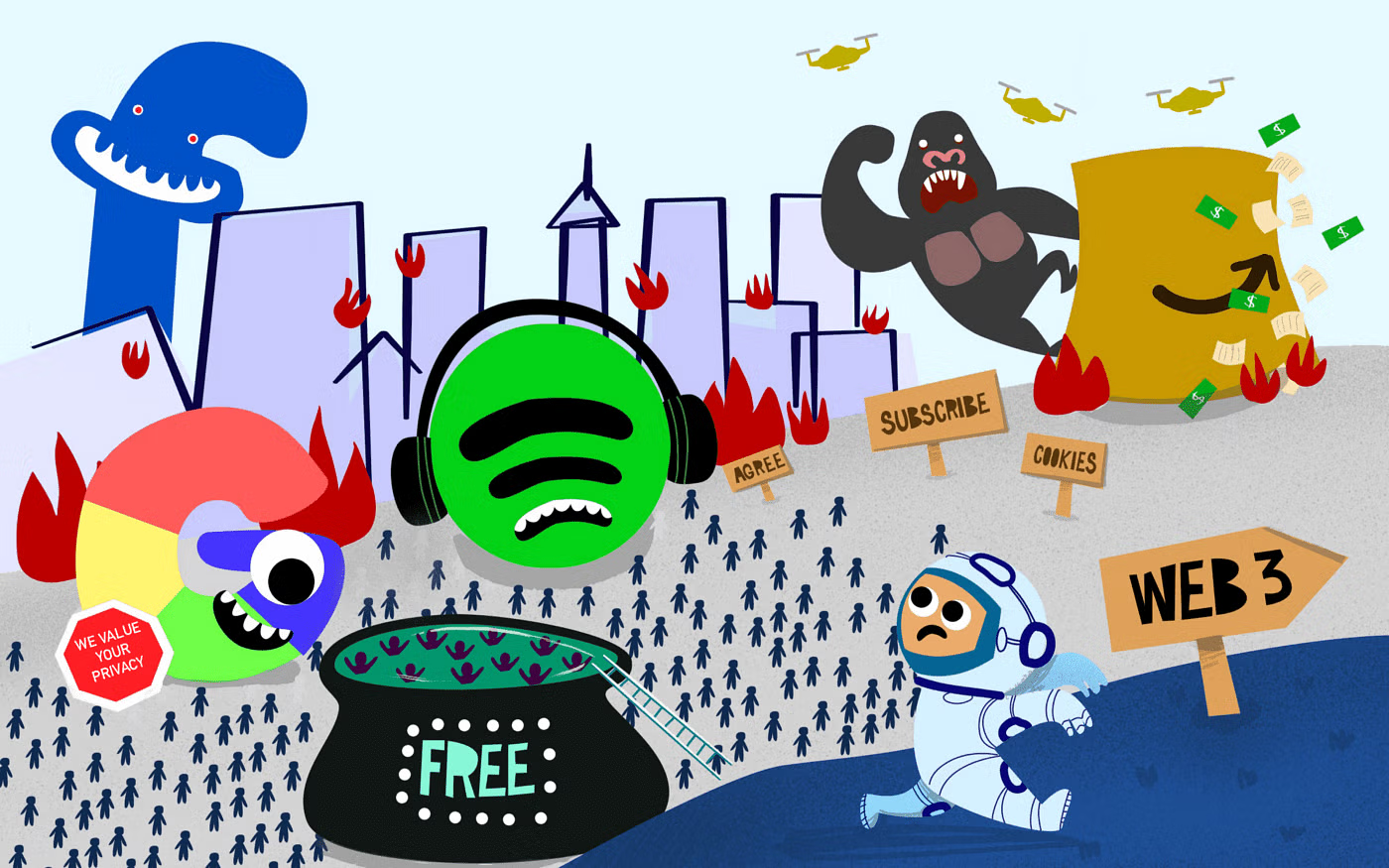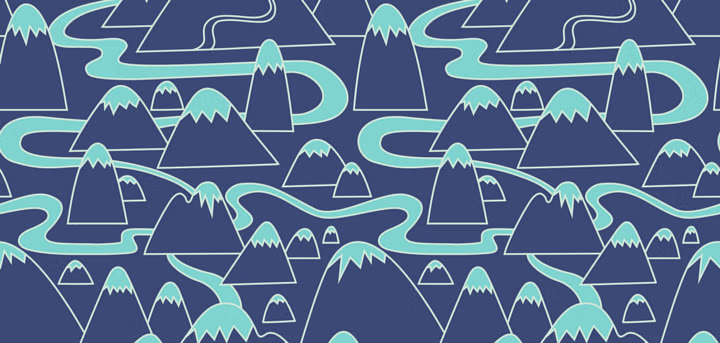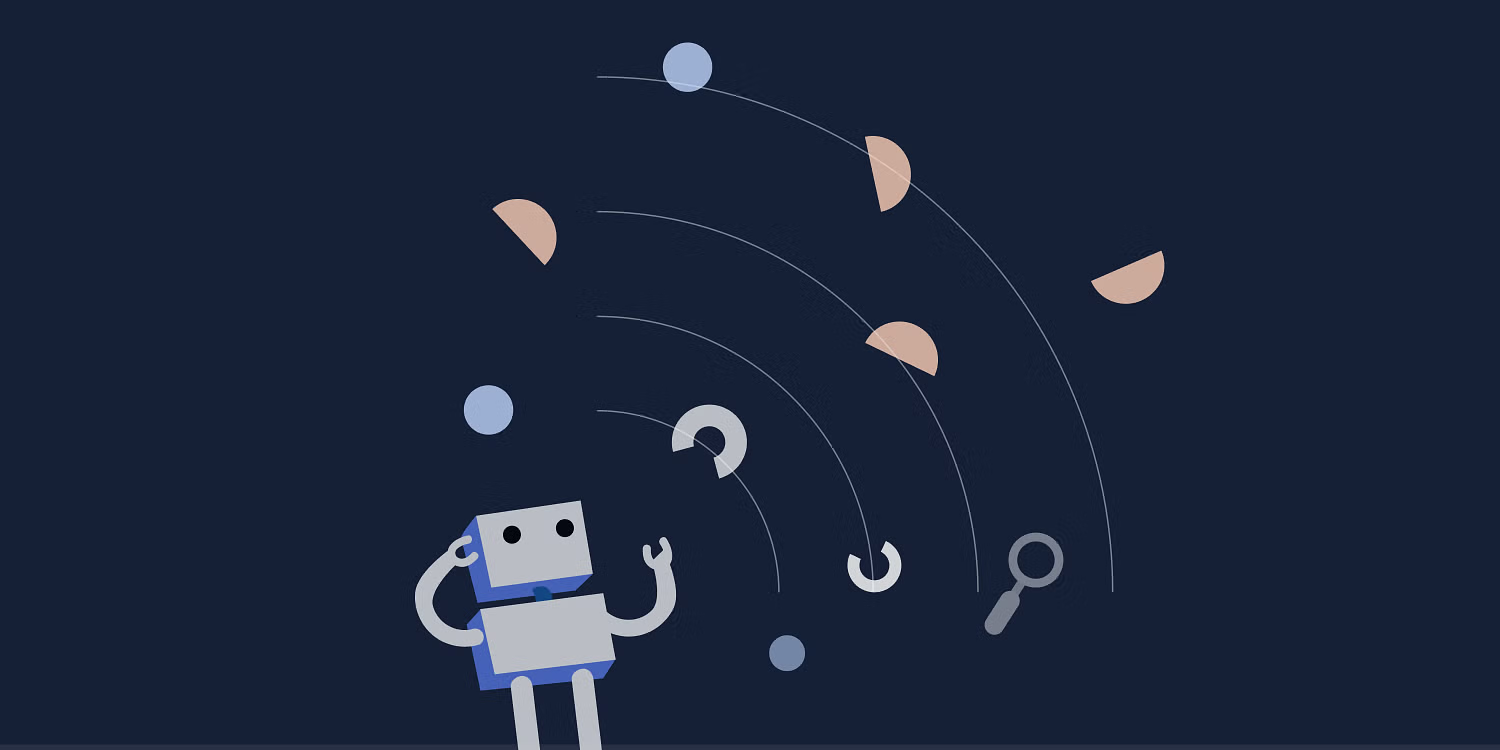Imagining an Ad-Free Internet: Web Monetization for Designers

In conjunction with Coil and Mozilla, Interledger held this Mozfest-wide experiment which granted all ticket holders a free Coil account prepopulated with $10 USD of credits. These credits could then be used to ‘tip’ single amounts as well as stream micropayments, in order to acclimatise attendees to the Web Monetization realm, as well as supporting content supporting the free, open web.
Here’s a sneak peek of what this tipping might look like using the Coil browser extension:

For more information and to access the resources, visit the Mozfest 2022 Landing Page.

Play/Learn and Earn
The ‘Play and Earn’ or ‘Learn and Earn’ models do exactly what it says on the tin – earn rewards (typically crypto assets) for playing an online game or for interacting with other web-based content.
One such game is Axie Infinity. This video game, built on the Ethereum blockchain, is comprised of virtual creatures (‘Axies’) which are used to fight opponents in a Pokémon-style battle. But these aren’t your average game creatures – they’re also NFTs. You will be the sole owner of your Axie, and even all the in-game items and assets you acquire are crypto.
The Learn and Earn model works on a similar concept – watch videos or read articles, and as an incentive receive crypto assets as a reward.

Our chance to impact the web
Web Monetization can be a tricky field to navigate, what with it still being in its fledgling stages. The technology is still developing, and the terminology and user experience can feel fragmented. However, as designers and developers, we have an invaluable opportunity to shape the web – but this has to be done in a user-friendly manner.
If you want to get involved with creating this ad-free web, we can start by learning from designers and developers who have gone before us.
For example, Uchi, developer advocate and founder of Chimoney, advises that in order to make the consumer’s journey as fluid as possible, every step along the way should be explained in easy-to-understand, accessible terms. E.g. ‘Web-Monetised’ content might instead be referred to as ‘User-Supported’ or ‘Ad-Free’ content.
To make web monetization accessible and easy to break into, consumers’ user journey needs to be concise and easy to follow.– Uchi Uchibeke for Dev.to
Here’s his recommendations on where the customer journey for Web Monetization can be improved:
|
Phase |
Status |
Recommendation |
|
Discovery |
⚠️ |
For consumers, rebrand Web Monetization around consumer benefits (i.e., Reader-supported content, Ad-free content?) |
|
Evaluation |
⚠️ |
Create customer-centric, content-driven landing page and newsletter of web-monetized content |
|
Decision |
✅ |
Coil handles this well. Affiliate program for providers in the system? |
|
Opt-in |
✅ |
Improve documentations around Puma browser and the Web Extention because for someone new to extensions, it is hard to install and setup |
|
Retention |
– |
Create browsing tools that highlight Web monetized content in realtime from search results |
Table highlighting some areas of the content consumer journey and recommendations for improvement – Dev.to
For a full list of Web Monetization resources, take a look at this library made up of WM providers, digital wallets, video streaming sites, social media platforms, tutorials and much more. You might even spot some familiar faces, such as freeCodeCamp and Hackernoon.
And to round this letter off on a happy note, check out this tweet from Mural Stories – a tool for visual sorytelling – proving that Web Monetization truly works. Welcome to the future.
The @mozillafestival Grand Web Monetization Experiment works! We've now made enough for two months of @muralstories hosting thanks to tips from MozFest attendees! Thanks, @Coil and @Interledger! #webmonetization #XRP pic.twitter.com/dCSIieGpBp
— Douglas Arellanes (@dougiegyro) March 12, 2022



 Buy me a coffee
Buy me a coffee







